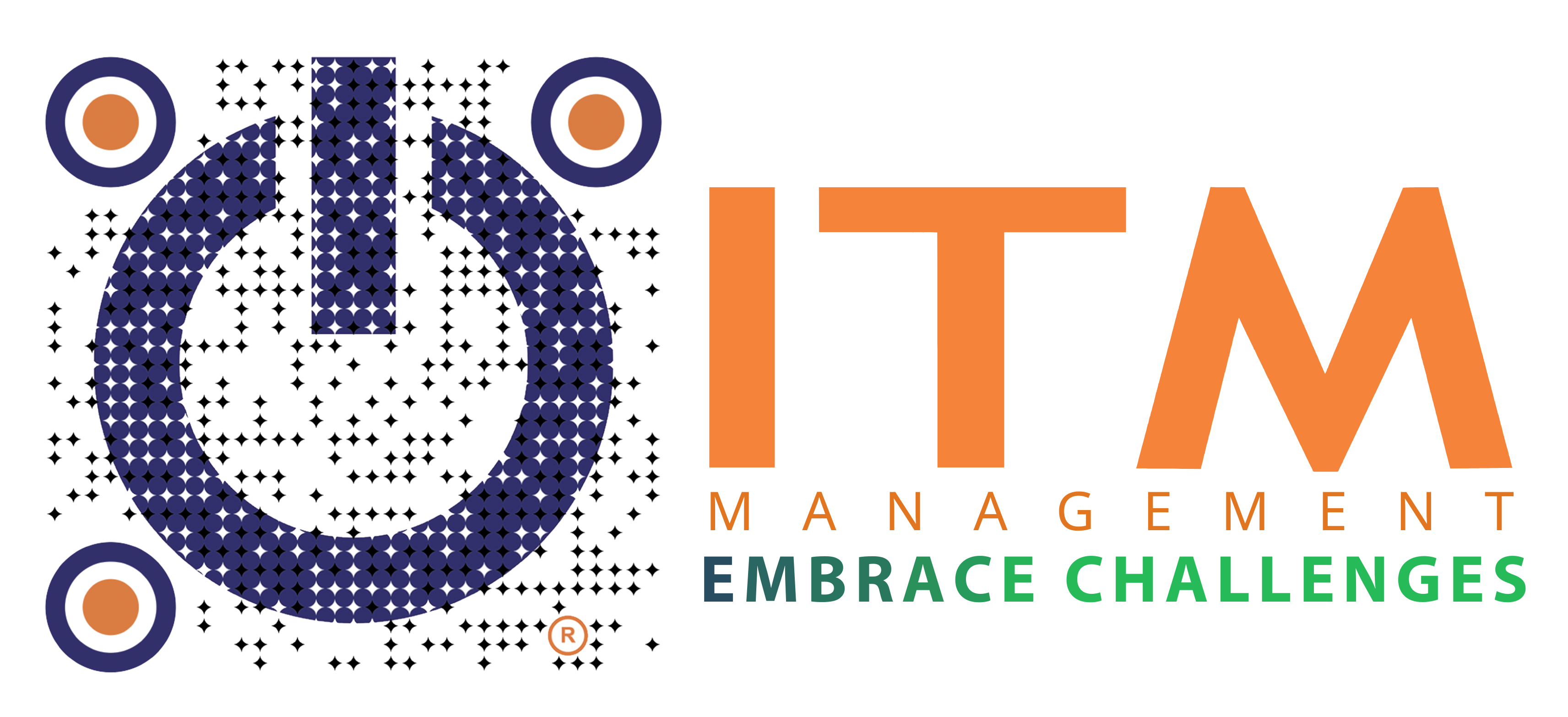From War Zones to Workstations: Why Global Conflicts Are Driving Urgent Demand for Data Backup & Recovery
In an increasingly volatile world, geopolitical tensions and armed conflicts are no longer just humanitarian or political concerns they’re becoming critical business risks. With this surge comes constant risk: files deleted by mistake, hardware failures, or sophisticated cyberattacks or even wars that strike without warning. From Middle East and Africa to Southeast Asia war and instability are disrupting not only supply chains but also digital infrastructure.
For companies with operations, branches, or partners in these regions, the question is no longer if they need a data protection strategy, but how fast they can implement one.
When war breaks out, the immediate threats to business include:
-
- Physical damage to data centers and IT infrastructure
- Loss of internet connectivity, making remote access impossible
- Cyberattacks, often state-sponsored or opportunistic, targeting vulnerable systems
- Employee displacement, leading to operational delays and data mismanagement
These risks can result in permanent data loss, compliance violations, and reputational damage especially for companies in regulated industries like finance, healthcare, and manufacturing. For businesses with international exposure, especially in volatile regions, having a multi-region backup & recovery strategy is critical.
What is Backup? What is Recovery?
Yet many still assume backup and archiving are the same, when in fact they serve very different purposes. A backup acts like a safety net for your active digital life documents, folders, system files, and settings you may need to restore quickly if something goes wrong. Archiving, by contrast, is about moving seldom-used data into secure, long-term storage. These files may not sit on your main device, but they remain visible and retrievable on demand through familiar tools like your file manager, often supported by cloud access.
Understanding this difference is more than a technical detail – it’s a practical advantage. It saves space, reduces costs, and ensures your information stays both protected and accessible when it matters most.
What is Backup?
A backup is a second copy of your data files, folders, applications, system settings, or even an entire operating system stored in a separate location so it can be restored after incidents such as accidental deletion, corruption, hardware failure, ransomware, or even large-scale disasters. More than just duplicates, backups form the backbone of a broader disaster recovery and business continuity strategy.
For organizations, this means defining clear Recovery Point Objectives (RPOs) how much data loss is acceptable and Recovery Time Objectives (RTOs) how quickly systems must be restored to minimize downtime. Shorter RPOs require more frequent backups, while shorter RTOs demand faster storage and infrastructure.
Backup Frequency and Storage
Backups are typically scheduled on a regular basis daily, or even hourly for mission-critical systems. They can be stored on:
-
- Local devices such as external hard drives or NAS (Network-Attached Storage),
- Offsite media like tapes kept in secure facilities, or
- Cloud services offering scalable, redundant, and remote access.
A widely recommended approach is the 3-2-1 backup rule: keep three copies of your data, on two different types of storage, with one copy stored offsite (ideally in the cloud). This layered method ensures resilience even against localized disasters like fire, theft, or floods.
The Hidden Power of Data Backup
Today, data is the lifeblood and most critical asset of every business. From daily operational spreadsheets and customer databases to long-term records and archives all play an essential role in sustaining business continuity.
Yet even the smallest disruption can trigger significant consequences:
-
- A corrupted spreadsheet can delay an entire project.
- The loss of customer data can paralyze business operations.
- A system failure can interrupt services and directly damage reputation.
A reliable data backup and recovery solution helps businesses minimize risks, stay in control, and ensure uninterrupted operations. Backup is your digital safety harness you hope you’ll never need it, but when disruption strikes, you’ll be grateful it’s there to protect your operations and safeguard your reputation.
What is Archiving?
Archiving is the process of moving rarely used data into secure, long-term storage while keeping it easily accessible when needed. Unlike backups, which focus on quick recovery after a failure, archiving is designed for files you don’t actively use but must retain for reference, compliance, or historical purposes. Archived files remain visible in your familiar file explorer interface and can be opened on demand, just like any other file except they no longer take up space on your hard drive, as they are safely stored in the cloud.
What Data Gets Archived?
Typical archived content includes:
-
- Financial statements and tax records
- Contracts and legal documents
- Personal photos, videos, or completed projects
- Old emails, reports, and correspondence
This type of data is usually inactive – it doesn’t change anymore but still needs to be retained for legal, historical, or personal value.
How Archiving Works
Archiving usually follows these simple steps:
-
- Identify Files to Archive – You first review files on your device using criteria like type, date created, or file size. Choose the files or folders that are large or seldom used.
- Select a Destination – These files can be moved either to a local medium (another drive connected to the computer) or to cloud storage associated with your account.
- Archive Process – Once you pick the files and destination, it is initiated the archiving. The files are moved out of your primary drive(s) and stored in the chosen archival location. As a result, you free up space on your main drive.
- Visibility & Access – Even though files are archived (not stored locally on the main drive), shortcuts or icons remain in your file explorer. This gives the experience that the file is still “there” and accessible. If you need to use them, you can open, copy, or move them back from storage.
- Security / Settings – There are options to add extra protections: encryption (e.g. “military-grade”) for archived data in the cloud. You can also choose the data center location for cloud storage to optimize upload speed.
- Management – Tools to analyze specific folders (e.g. “Users”, Documents, Downloads, Pictures) so you can see which files are good candidates for archiving. Interim options include reviewing, selecting, archiving, or deleting archived items.
Key Characteristics
-
- Immutable: Archived data is safeguarded against alteration or accidental deletion until retention rules expire.
- Searchable: Metadata and simple tags make it easy to find and retrieve specific records later.
- Long-term focus: Archives are designed to last for years or even decades, aligning with record-keeping regulations and compliance requirements.
Key Differences Between Backup and Archiving
Backups and archiving serve distinct roles, complementing each other but causing issues if confused. Here’s how they differ in practice:
| Criteria | Backup | Archiving |
| Purpose | Protect data by creating backup copies, enabling quick recovery when incidents occur. | Long-term storage of data that is rarely used but still needed for reference, compliance, or retention. |
| Data Objects | Active data that changes frequently (work files, systems, applications). | Static or rarely changing data (legal documents, financial reports, old emails, etc.). |
| Access Time | Frequently restored in the short term, requires fast access. | Accessed infrequently, only when needed for reference or legal purposes. |
| Storage Location | Usually stored on hard drives, NAS, or cloud backup for easy recovery. | Stored in dedicated archiving systems or long-term cloud archiving. |
| Update Frequency | Continuous/regular updates to keep up with the latest changes. | Rarely updated, typically “saved once and retained long-term.” |
| Key Benefit | Enables quick recovery of systems and data in case of loss or system failure. | Optimizes storage usage, preserves data history, ensures compliance and audit readiness. |
Understanding these differences ensures you use the right tool for the job, avoiding issues like slow recoveries or inaccessible archives.
Best Practices for Backup and Archiving
We see backup and archiving not as separate checkboxes, but as two parts of one integrated data protection strategy. By combining proven best practices with modern automation, we help organizations keep operations running without interruption today, while preserving vital records securely for the future.
Our approach includes:
We design every solution around the golden rule of data protection: three copies, two storage types, one off-site or cloud location. This layered approach ensures your data survives even the most unexpected disruptions.
Together, we define your Recovery Point Objective (RPO) and Recovery Time Objective (RTO) how much data you can afford to lose and how quickly you need to be back online. These benchmarks shape the right backup frequency and infrastructure for your business.
With AI-driven deduplication and intelligent classification, our solutions cut down on storage waste, speed up processing, and make long-term archives easy to manage and retrieve.
From immutable storage that prevents tampering to flexible retention rules that meet GDPR, HIPAA, or NIS2 requirements, we ensure your data is both secure and compliant.
Backups mean little without validation. That’s why we schedule restore drills and audit archives regularly giving you confidence that your safety net will work exactly as intended.
With ITM, backup and archiving become more than just IT tasks. We evolve into a seamless system that safeguards your daily operations, meets compliance demands, and gives you the peace of mind to grow in a data-driven world.
-
- Frees Disk Space — Because files no longer in frequent use are removed from your main drive, you reclaim space.
- Keep Files Accessible — Even archived, files are still visible via familiar interfaces and can be accessed when needed.
- Security & Compliance — Encryption and data-center selection help ensure that archived data remains secure. Useful for sensitive or personal files.
- User Control — We let you decide what gets archived, where it’s stored, and how it’s accessed or restored.
Backup vs. Archiving – Know the Difference, Stay Protected
Backup and archiving are complementary but distinct: backups safeguard your daily operations with fast recovery, while archiving preserves static data for the long term. Mixing them up can cause delays and inefficiencies, but mastering both ensures your data is secure, accessible, and optimized.








